Here’s What Your Favorite Cities Around The World Looked Like Before Sky Scrapers
Before the towering giants of steel and glass dominated our urban vistas, cities had a different kind of charm. The landscapes were bustling yet grounded, with architecture that told stories of the past. These cities have evolved dramatically over time, but their early days hold a certain nostalgia. Exploring these urban centers before their iconic skyscrapers rose to prominence offers a unique glimpse into how they have transformed through the ages.
New York City: The Big Apple’s Skyline Before the Empire State Building
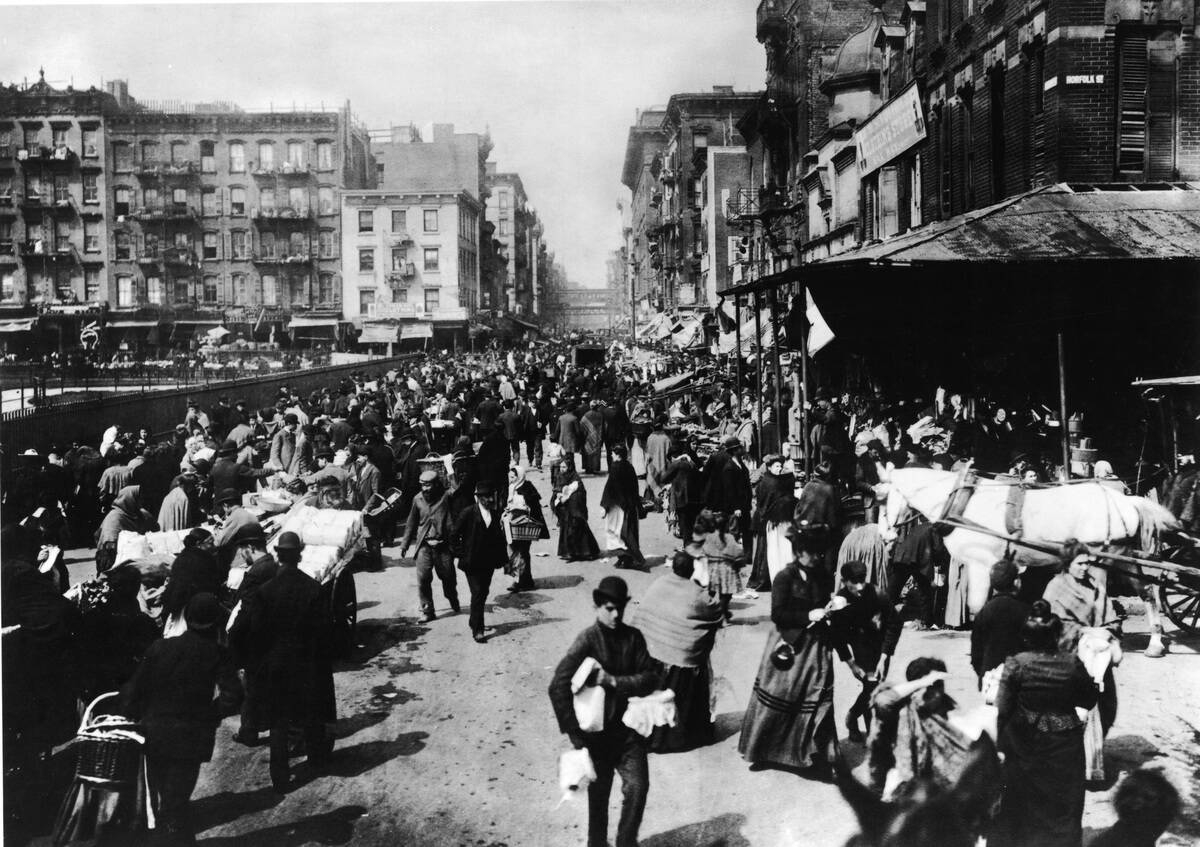
Before the Empire State Building redefined New York’s skyline in 1931, the city was already a bustling metropolis. The iconic Flatiron Building, completed in 1902, was one of the early skyscrapers that symbolized New York’s ambition. Wall Street was the financial heart, with its neo-classical architecture, while the Statue of Liberty stood as a beacon of hope. The city was a melting pot of cultures, laying the foundation for its future as a global icon.
Tokyo: A Snapshot of Japan’s Capital Before the Skyscraper Boom

Tokyo’s skyline has transformed significantly, but before the skyscraper boom, it was defined by traditional wooden structures. In the early 20th century, the city was a blend of Edo-period architecture and early modern influences. The Ginza district was emerging as a fashionable shopping area, and landmarks like the Imperial Palace stood as testaments to Japan’s rich history. The streets were alive with bustling markets, distinct from the high-rise hub it is today.
London: The Historic Streets Before the Shard
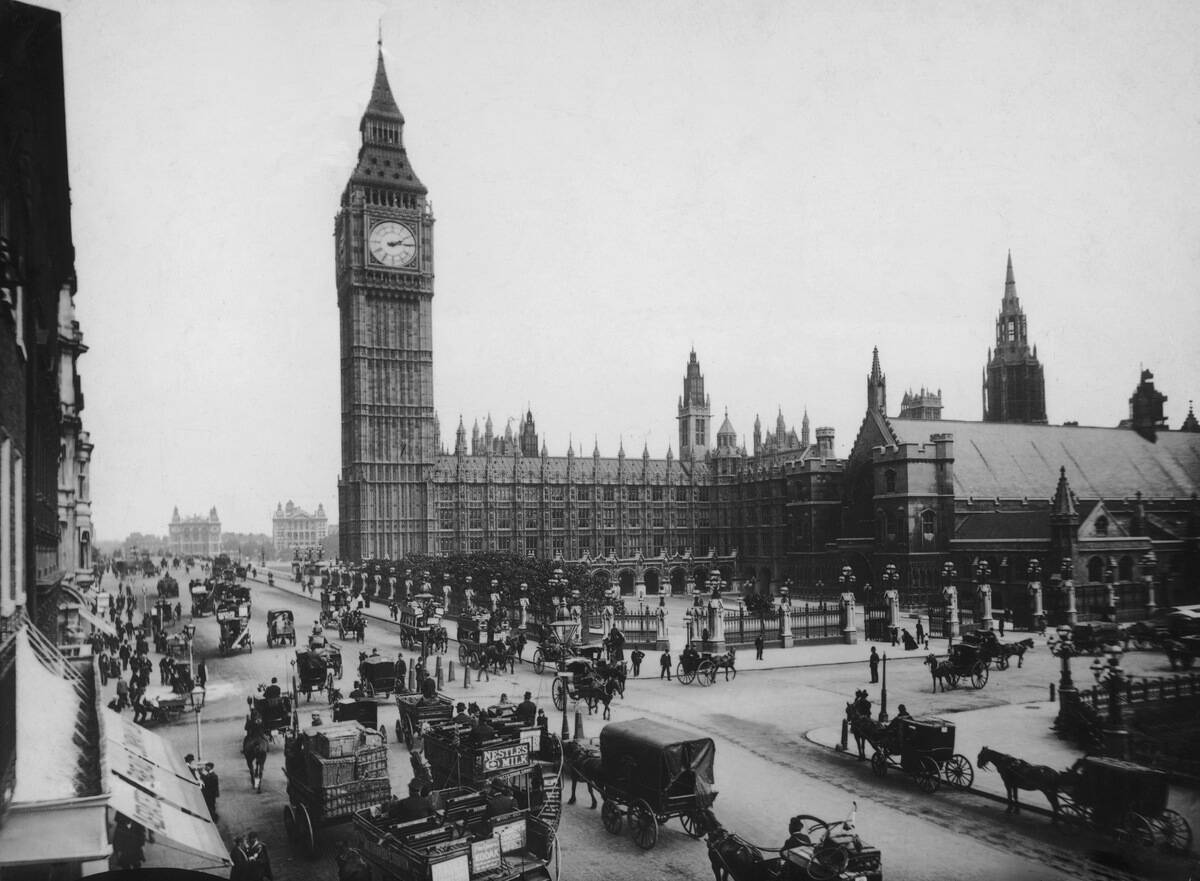
London’s historical charm was evident long before the Shard pierced its skyline in 2012. The city was a tapestry of Georgian and Victorian architecture, with landmarks like St. Paul’s Cathedral towering over its surroundings. The River Thames was the lifeblood of commerce, with the Tower Bridge symbolizing the city’s industrial prowess. London was a city of cobblestone streets and horse-drawn carriages, a far cry from the bustling metropolis it would become.
Dubai: From Desert Town to Architectural Wonderland
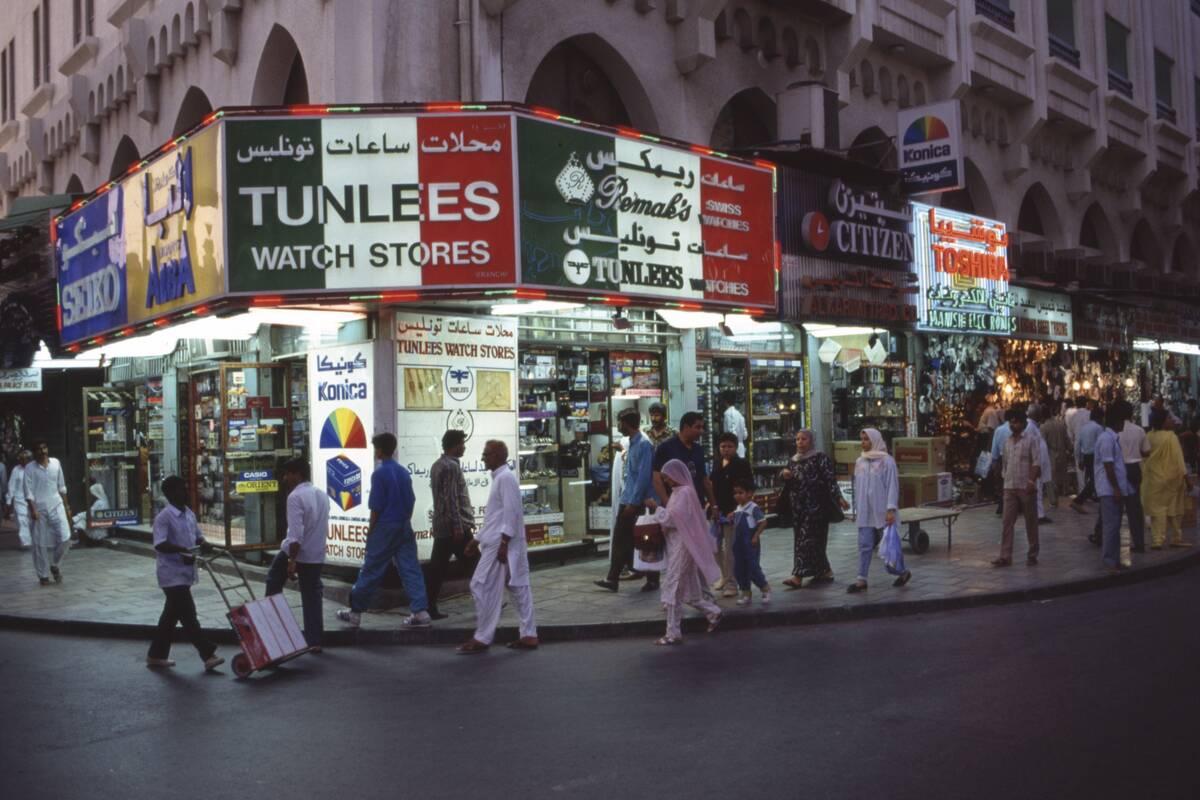
Dubai’s transformation from a modest desert town to an architectural wonderland is nothing short of astounding. Before the skyscrapers, Dubai was a trading post known for its pearl diving industry. The Dubai Creek was the center of commerce, lined with traditional dhows. The desert landscape was punctuated by wind towers and souks, reflecting its Bedouin heritage. Today’s futuristic skyline was unimaginable, as Dubai has redefined the limits of urban development.
Hong Kong: The Transformation from Victoria Harbor’s Modest Beginnings
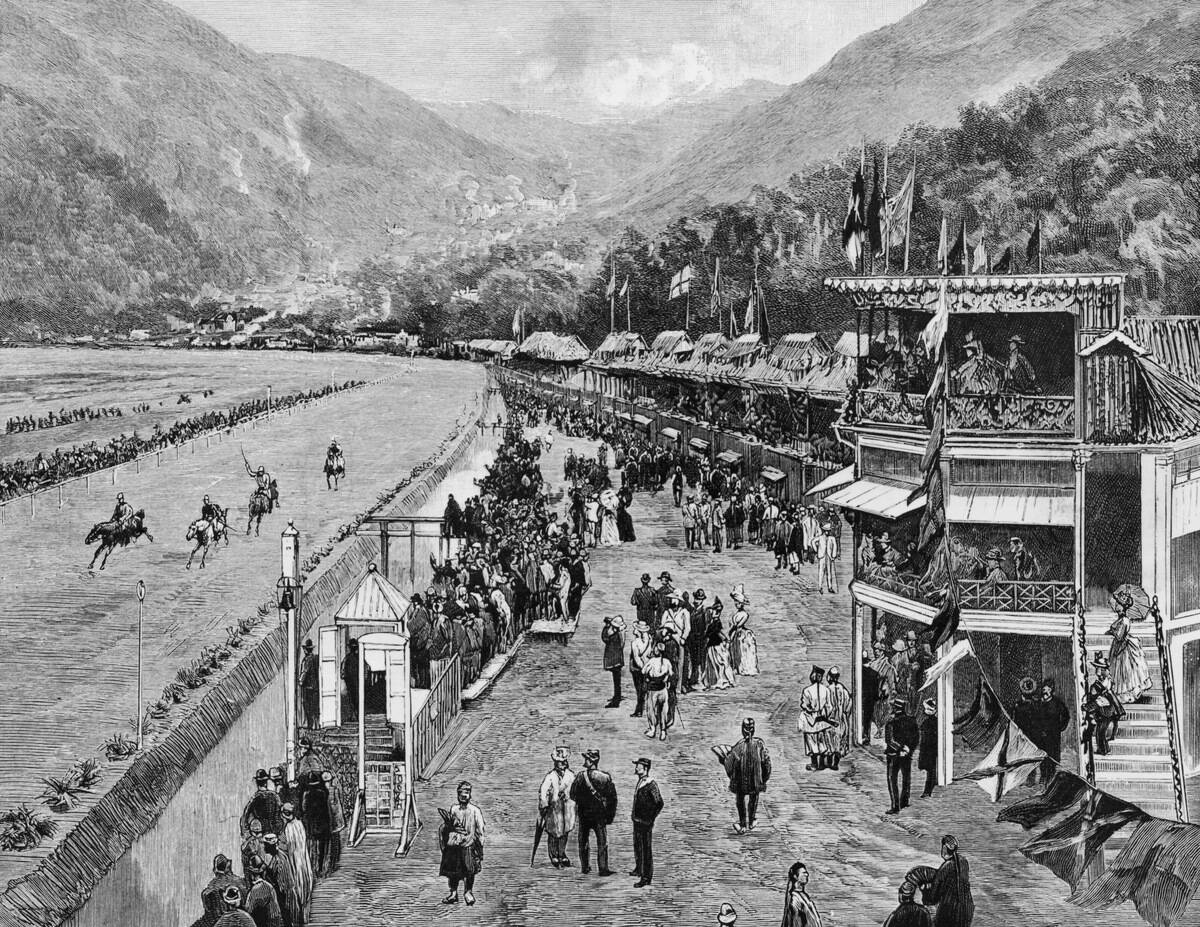
Hong Kong has grown from a quiet harbor town to one of the world’s most vibrant cities. Before the skyscrapers, Victoria Harbor was lined with modest colonial buildings and junks. The Peak was a retreat for those seeking respite from the bustling city below. The city’s colonial past is still visible in structures like the Clock Tower, which has witnessed Hong Kong’s transformation. This historical backdrop sets the stage for the modern skyline that defines Hong Kong today.
Chicago: The Windy City’s Pre-Skyscraper Era
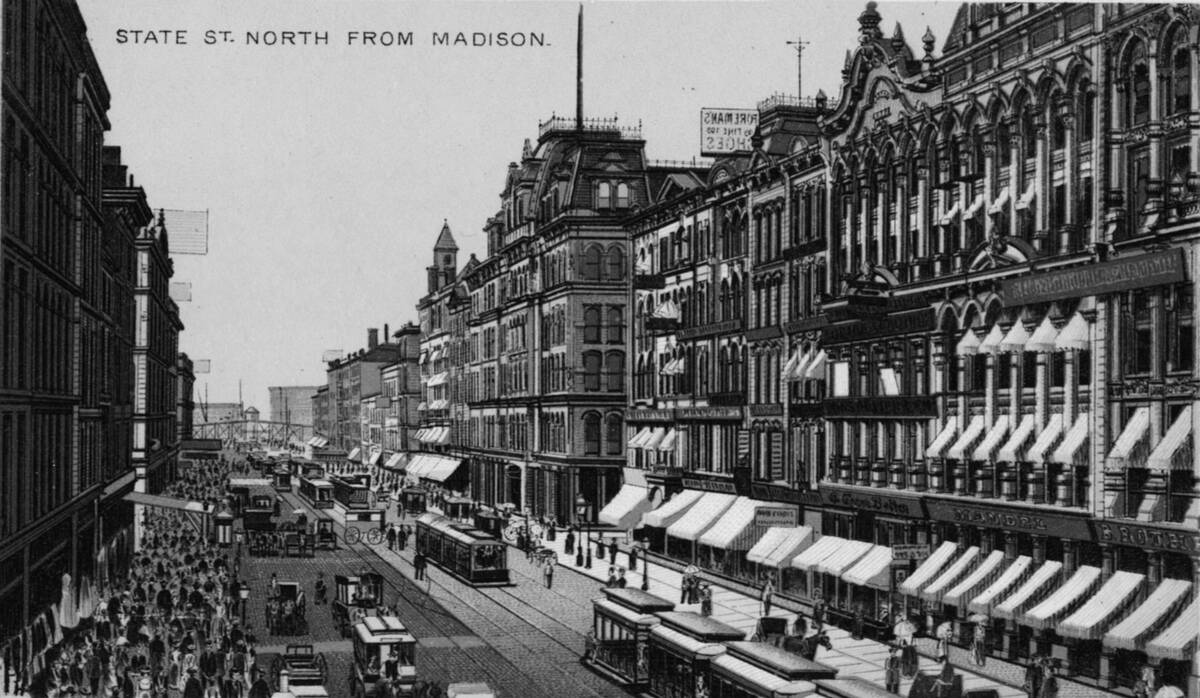
Chicago’s architectural innovation began long before the skyscrapers took over its skyline. The city was rebuilt after the Great Fire of 1871, leading to the ‘Chicago School’ of architecture. Landmarks like the Water Tower survived the fire, becoming symbols of resilience. The city was defined by low-rise buildings and a thriving industrial base, with the Chicago River serving as a vital artery. This foundation paved the way for Chicago’s emergence as a leader in modern architecture.
Shanghai: A Coastal City Before the Rise of the Lujiazui Skyline
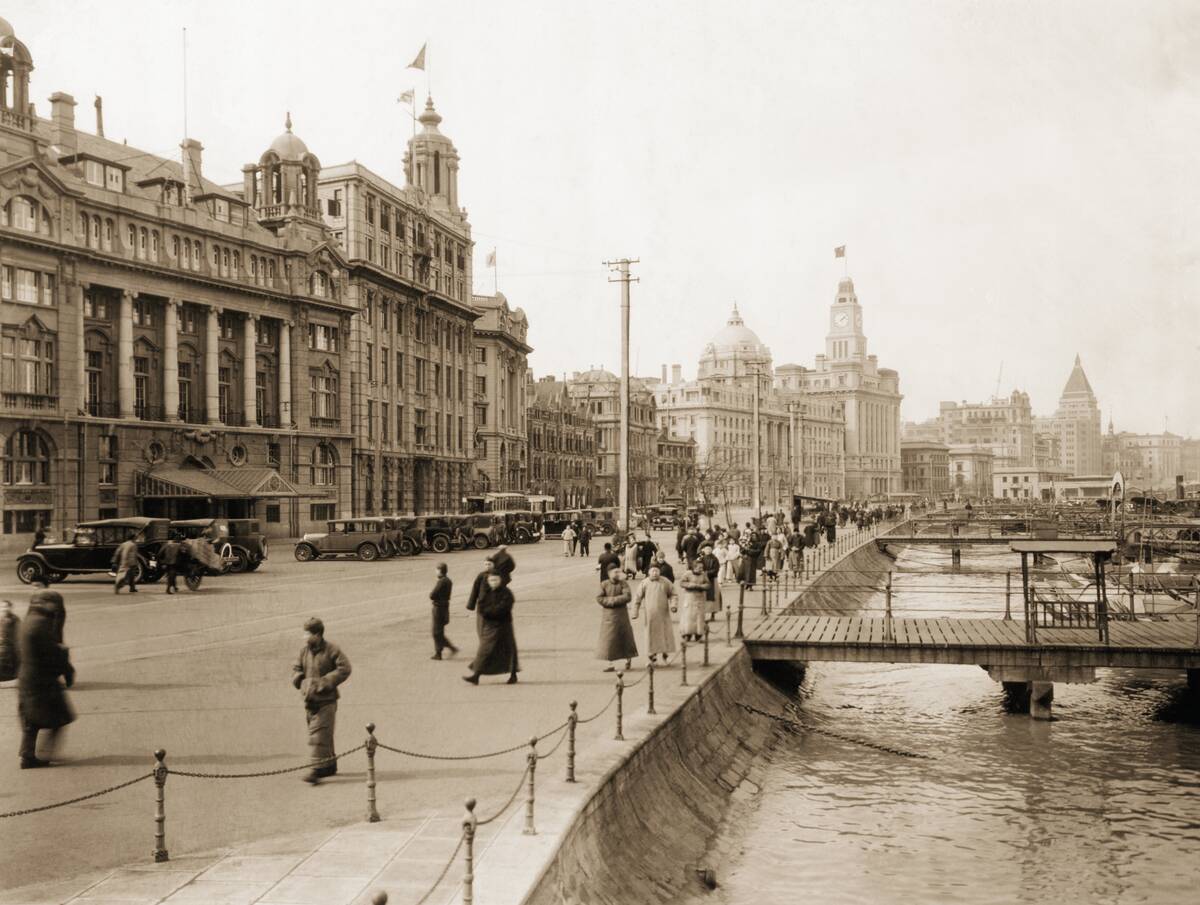
Shanghai’s journey from a coastal city to a financial powerhouse is remarkable. Before the rise of the Lujiazui skyline, the Bund was the heart of Shanghai’s colonial past, lined with European-style buildings. The Huangpu River was the city’s lifeline, bustling with trade and commerce. Shanghai was a melting pot of cultures, with traditional Chinese architecture coexisting with colonial influences. This unique blend laid the groundwork for its future as a global metropolis.
Sydney: The Harbor City Before the Opera House and Towering Skyscrapers
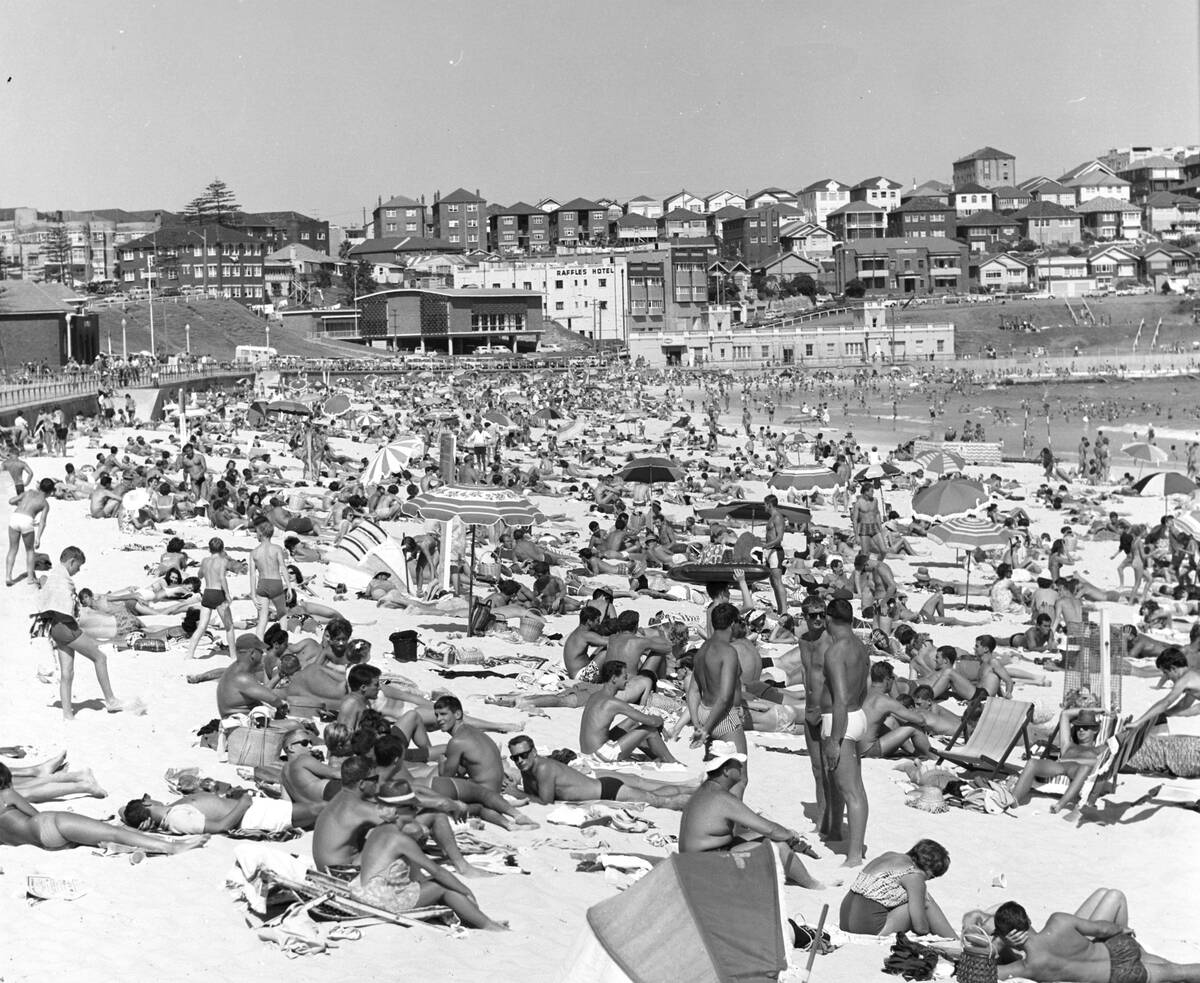
Sydney, known for its stunning harbor, had a distinct charm before the iconic Opera House and towering skyscrapers. The city was a colonial outpost with sandstone buildings and cobblestone streets. The Sydney Harbour Bridge, completed in 1932, was a marvel of engineering even then. The harbor was dotted with ferries and sailing ships, reflecting its maritime heritage. This historical backdrop provides a contrast to the vibrant and modern cityscape that Sydney boasts today.
Singapore: A Colonial Outpost Before the Financial District Sky Rises

Singapore’s evolution from a colonial outpost to a global financial hub is a tale of transformation. Before the skyscrapers, the city was defined by its colonial architecture and bustling port. The Singapore River was the heart of commerce, lined with traditional shophouses. Landmarks like Raffles Hotel and the Fullerton Building reflect its colonial past. This blend of history and modernity has propelled Singapore into a new era of urban development.
Paris: The City of Light Before the Eiffel Tower
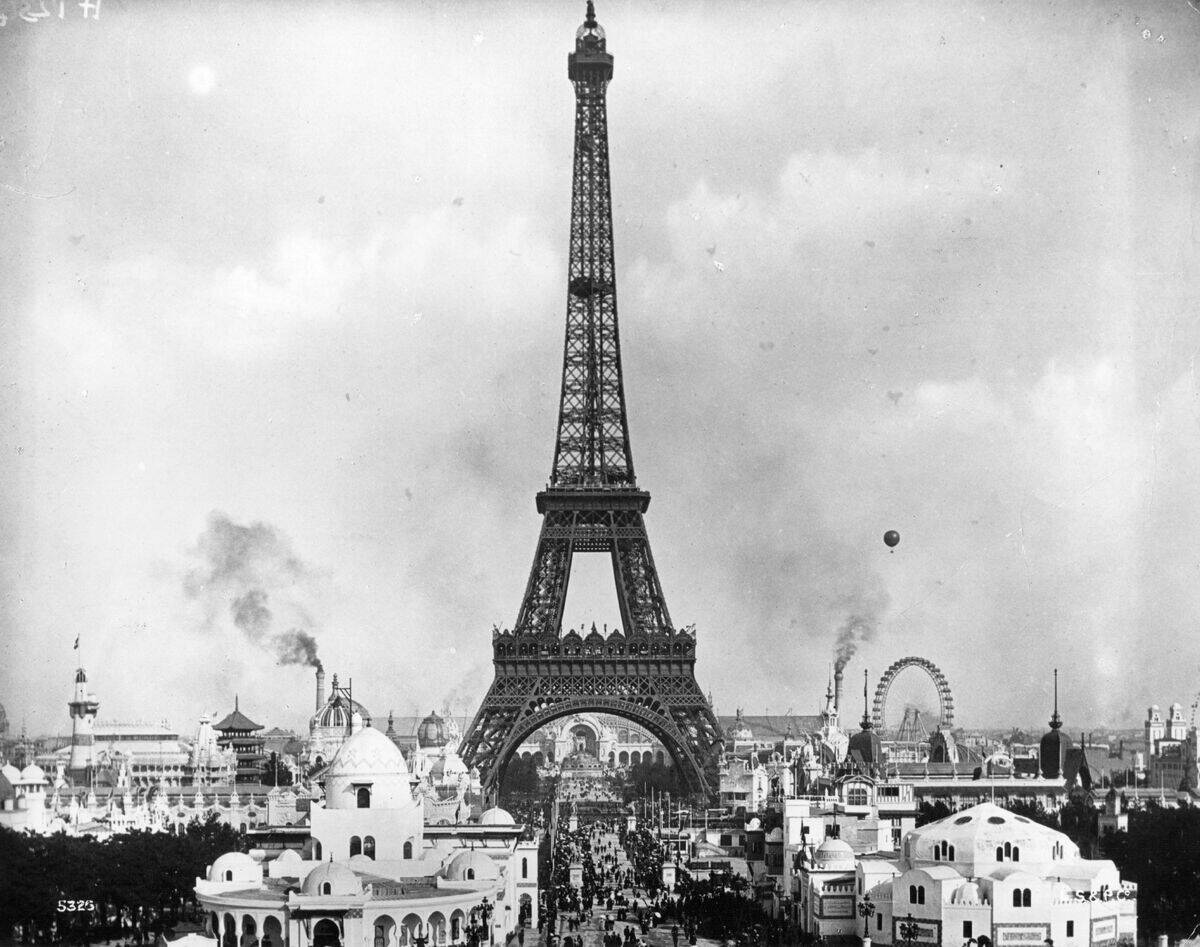
Paris, with its enchanting streets and romantic ambiance, was already a hub of culture before the Eiffel Tower was erected in 1889. In the 19th century, the city was known for its wide boulevards and the stunning Notre-Dame Cathedral. The Champs-Élysées was a bustling promenade even then, where locals and visitors alike flocked for leisure and shopping. The architectural landscape was dominated by Haussmann’s grand avenues, setting the stage for the Paris we cherish today.
Toronto: The Evolution from Town to Towering Metropolis
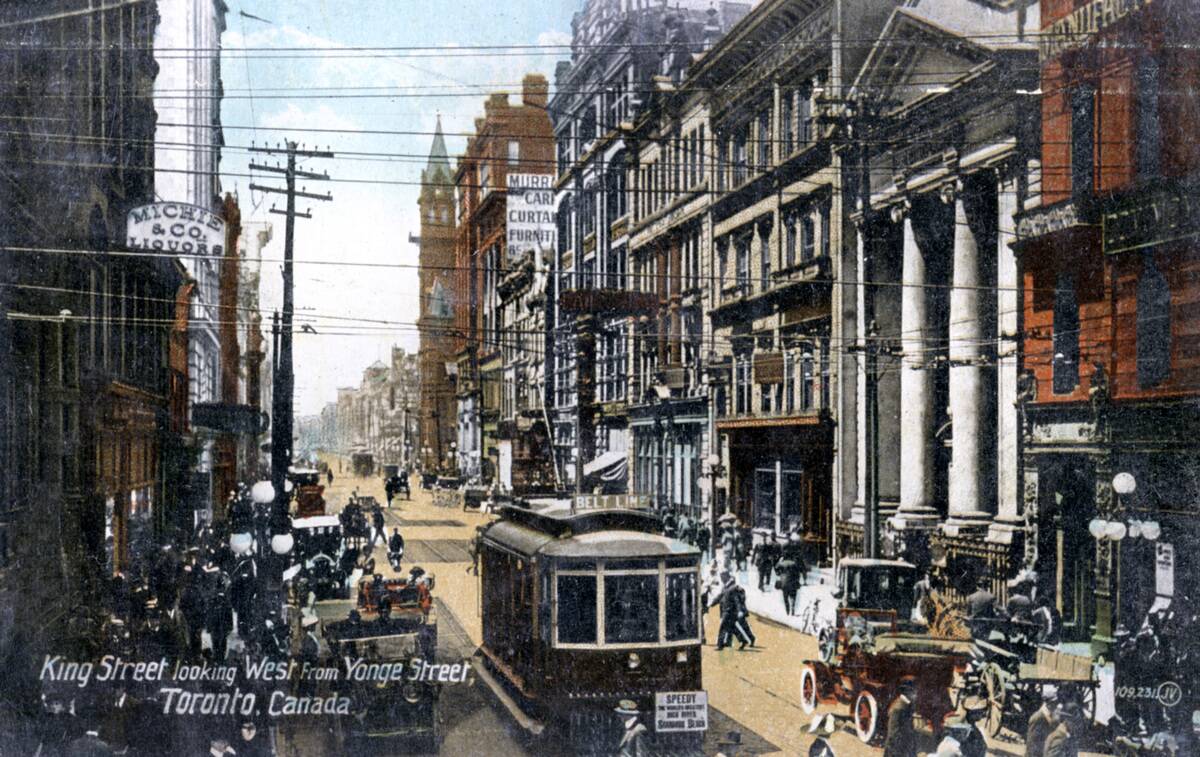
Toronto’s rise from a modest town to a towering metropolis is a story of growth and innovation. Before the skyscrapers, Toronto was characterized by Victorian architecture and a diverse immigrant population. The St. Lawrence Market served as a bustling hub of trade and community. The city’s landscape was dominated by the CN Tower, a symbol of its aspirations. This foundation enabled Toronto to become a vibrant, multicultural center of commerce and culture.
Mumbai: From Colonial Bombay to India’s Urban Giant
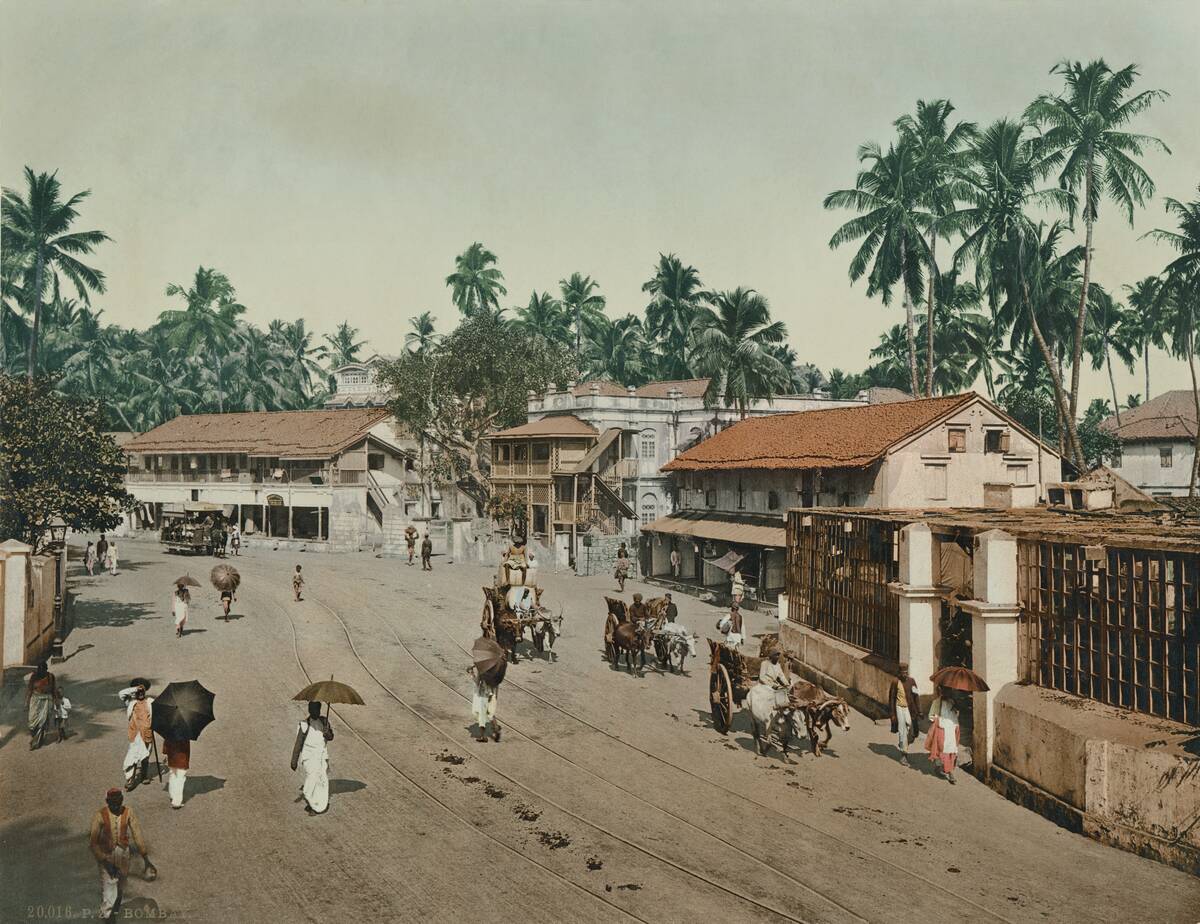
Mumbai, formerly Bombay, has transformed from a colonial port city to India’s urban giant. Before the skyscrapers, the city was known for its Gothic and Art Deco architecture. The Gateway of India, built in 1924, welcomed visitors by sea. The bustling markets and vibrant street life were integral to Mumbai’s identity. This rich cultural tapestry set the stage for its evolution into a major financial and entertainment hub in India.
São Paulo: The Growth of Brazil’s Largest City Pre-Skyscraper
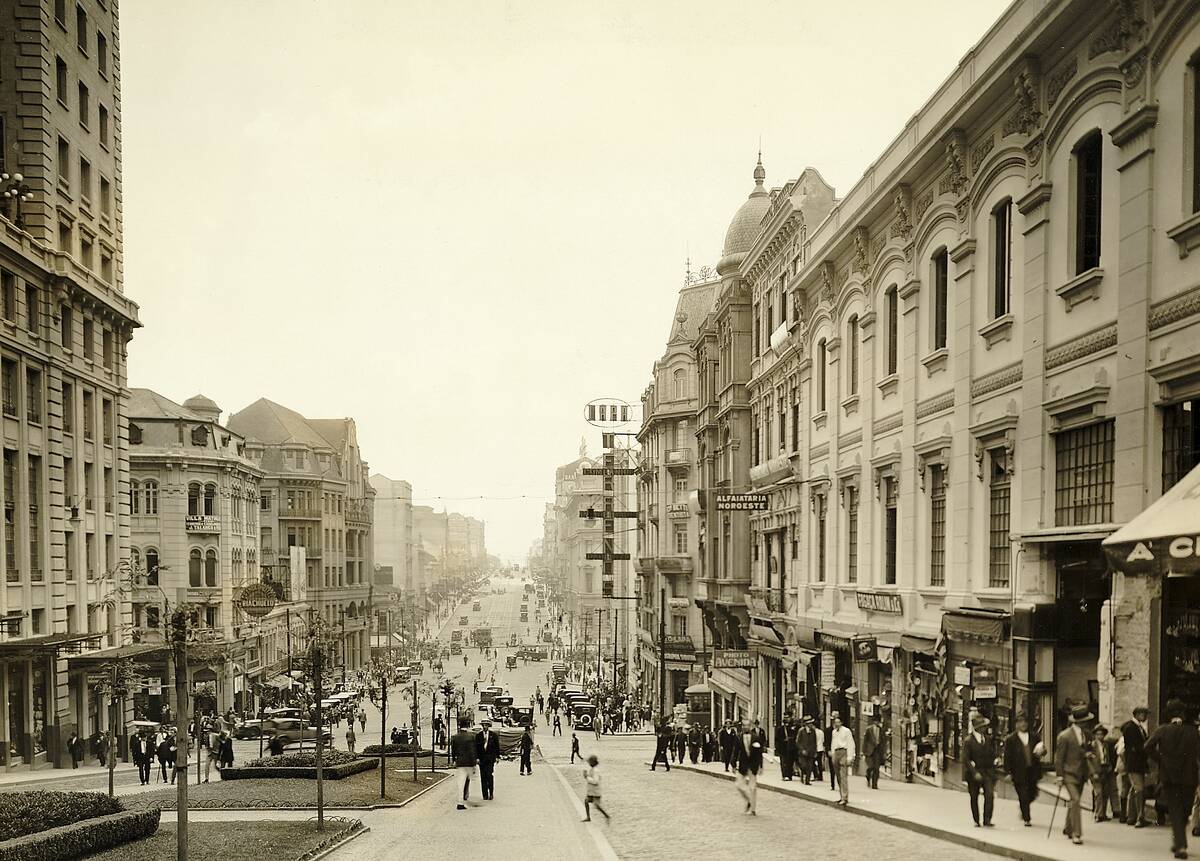
São Paulo’s transformation from a coffee plantation hub to Brazil’s largest city is fascinating. Before the skyscrapers, the city was characterized by its Baroque and neo-classical architecture. The São Paulo Railway, established in 1867, was a vital link for trade. The city’s growth was fueled by waves of immigrants, making it a cultural melting pot. This historical foundation has driven São Paulo’s rapid urban development into a sprawling metropolis.
Kuala Lumpur: Before the Petronas Towers Dominated the Skyline
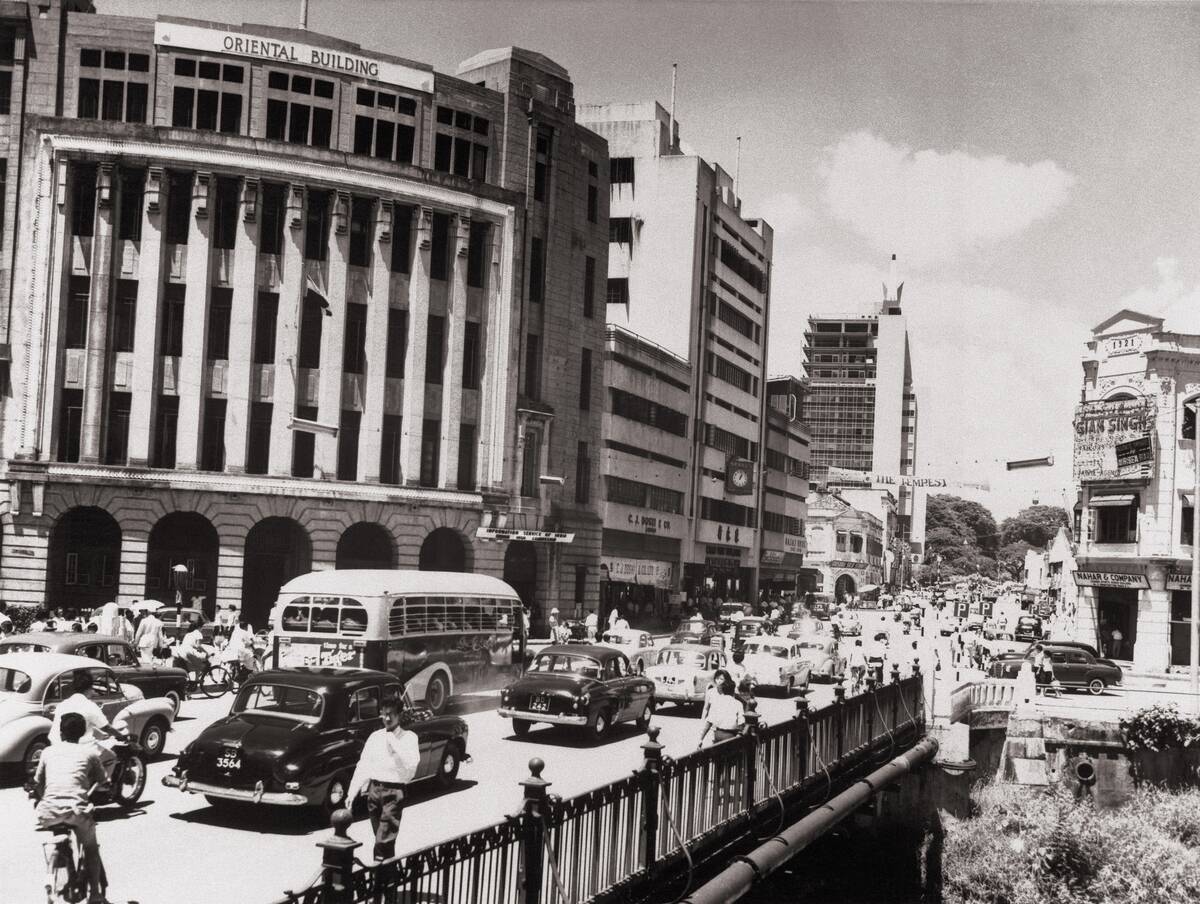
Kuala Lumpur’s journey from a tin mining settlement to a global city is remarkable. Before the Petronas Towers, the skyline was marked by colonial-era buildings and traditional Malay architecture. The Sultan Abdul Samad Building stood as a symbol of Kuala Lumpur’s past. The city’s growth was driven by its strategic location and resource wealth. This rich history has shaped Kuala Lumpur’s identity as a dynamic and diverse urban center.
Los Angeles: The City of Angels Before the High-Rises
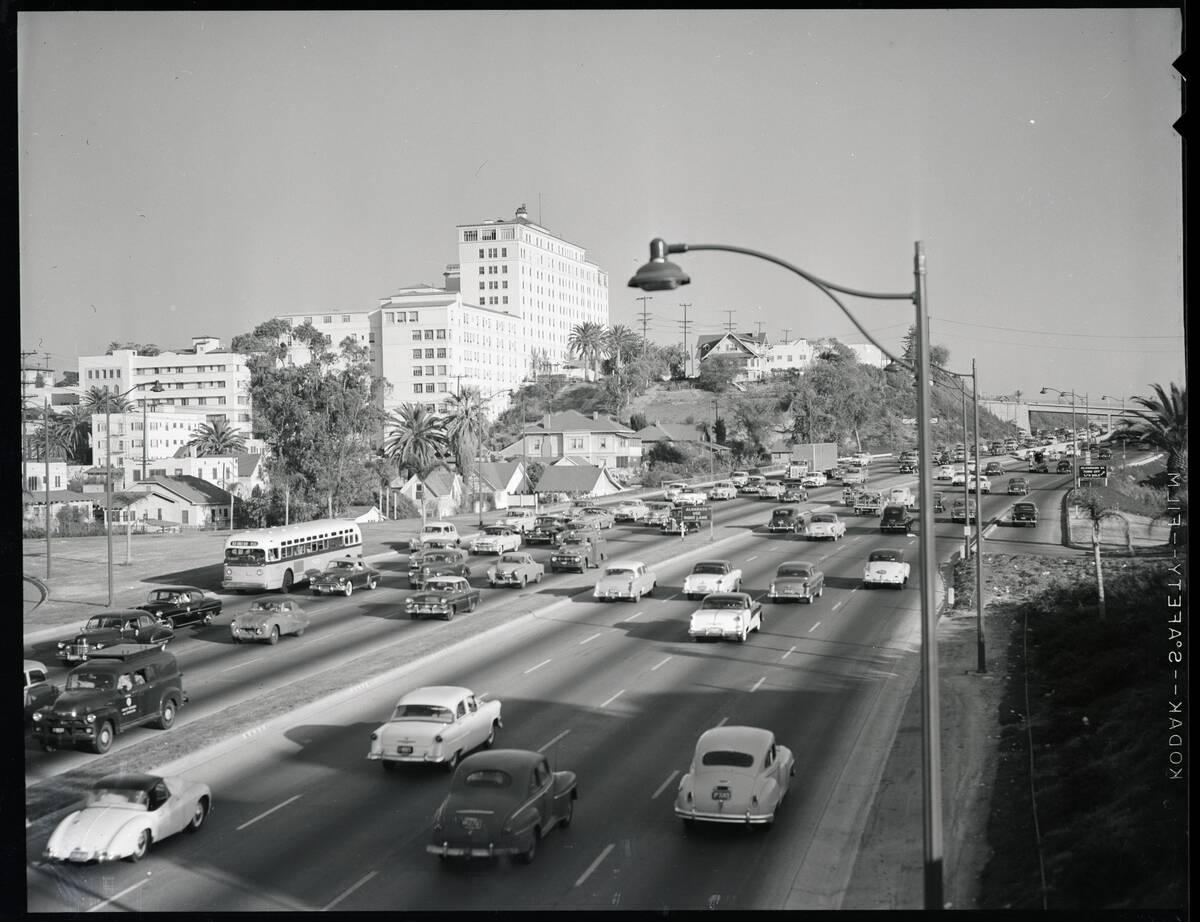
Los Angeles, with its sprawling neighborhoods and iconic Hollywood, had a unique charm before the high-rises. The city was defined by its Spanish colonial architecture and palm-lined streets. The Los Angeles River, though less prominent now, played a crucial role in the city’s early development. The film industry’s rise in Hollywood marked a turning point, drawing people from all over the world. This laid the groundwork for LA’s evolution into a cultural and entertainment hub.
Berlin: A Historical Look Before the Modern Cityscape Emerged

Berlin’s rich history is evident long before its modern cityscape emerged. The city was once defined by its classical architecture and grand boulevards. The Brandenburg Gate, completed in 1791, stood as a symbol of unity and peace. Berlin was a center of culture and intellectual activity, drawing artists and thinkers from across Europe. This historical legacy has shaped Berlin’s identity, even as it has transformed into a vibrant, modern metropolis.



